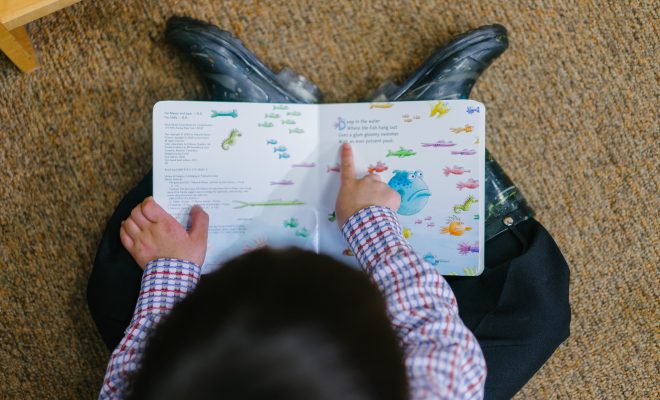Examples of Conjunctions in English Grammar

Is the part of speech that connects words, phrases, clauses, or sentences. The usual conjunctions (and, but, for, or, nor, so, and yet) join the components of a coordinate structure and are thus known as coordinating conjunctions. They attach words, phrases, and clauses of equal rank. In contrast, subordinating conjunctions connect clauses of unequal rank. Correlative conjunctions (such as neither…nor) pair things together as subjects or objects in a sentence, which is why they’re also called pairing conjunctions.
Coordinating Conjunctions
You use coordinating conjunctions to connect two simple sentences with a comma. The two parts of the sentence, if split apart without the conjunction, could stand alone as sentences, as they both have a subject and a verb. Said another way, both parts of the sentence are independent clauses. They could also be joined with a semicolon.
- With coordinating conjunction: The white kitten was cute, but I chose the tabby instead.
- With coordinating conjunction: The white kitten was cute, yet I chose the tabby.
- In two sentences: The white kitten was cute. I chose the tabby instead.
- With a semicolon: The white kitten was cute; I chose the tabby instead.
Coordinating conjunctions can also be used in items in a series or to create a compound subject or predicate.
- Items in a series: Harry needed to pick a Siamese, tortoiseshell, calico, or tabby cat.
- Compound subject: Sheila and Harry both enjoyed playing with all the kittens.
- Compound predicate: The kittens jumped around and played with all the people who came to greet them.
Notice that you don’t use a comma before the conjunction in a compound predicate because both verbs belong to the same subject. There aren’t two independent clauses.
A sentence style that employs many coordinate conjunctions is called polysyndeton. For example: “There’s a Labrador and a poodle and a German shepherd and a Chihuahua!”
Using Subordinating Clauses
A clause that couldn’t stand alone as its own sentence is dependent. When you connect a dependent clause to a sentence, you’ll use a subordinating conjunction, such as in the following:
- With a subordinating clause: It closed its eyes and purred at me when I picked up the tabby cat.
- A second version of the sentence: When I picked up the tabby cat, it closed its eyes and purred at me.
You couldn’t make the two clauses in this sentence into two sentences as they’re written. “When I picked up the tabby cat” would be a sentence fragment (an incomplete thought) if read alone. Thus, it’s dependent (or subordinate) to the main clause of the sentence, the independent clause, which could stand alone: “It closed its eyes and purred at me.”
Subordinating conjunctions can be classified into several groups:
- Causality: because, since, as
- Time: when, as soon as, before, after, while, by the time
- Contrast/Opposition: though, although, even though, while, whereas, rather than
- Condition: if, unless, even if, only if, in case, provided that, so that, whether
Subordinating Conjunctions List
The following is a list of subordinating conjunctions:
| after | although | as | as if |
| as long as | as much as | as soon as | because |
| before | but that | by the time | even if |
| even though | how | if | in case |
| so that | lest | only if | provided that |
| rather than | since | so that | supposing |
| than | that | though | till (’til) |
| unless | until | when | whenever |
| where | whereas | wherever | whether |
| while | why |
Paired Conjunctions
Correlative conjunctions pair things together and go in a set. They include either…or, neither…nor, not only…but also, both…and, not…nor, as…as. Whether you use a comma before the second conjunction depends on whether the clauses are independent (as in coordinating conjunctions above).
- Not two independent clauses: He picked out the Siamese cat and the Labrador puppy.
- Two independent clauses: Not only did the Siamese cat lick her, but the Labrador puppy also did.
Breaking the ‘Rules’
A past adage was to never start a sentence with a coordinating conjunction, but that’s no longer the case. Starting sentences with “but” or “and” can be used to break up long chunks of text or for rhythmic or dramatic effect. As with anything used for effect, please don’t overdo it.






